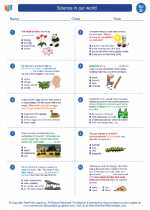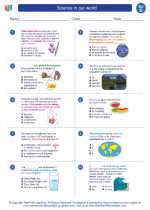Synthetic Materials
Synthetic materials are man-made substances created through chemical synthesis, as opposed to natural materials which are derived from living organisms or geological processes. These materials are designed to have specific properties and are used in a wide range of applications, from clothing and construction to technology and medicine.
Types of Synthetic Materials
There are various types of synthetic materials, each with its own unique properties and uses:
- Plastics: These are polymers that can be molded into different shapes and forms. They are used in packaging, electronics, and construction.
- Synthetic Fibers: These are materials like polyester, nylon, and spandex, which are used to make clothing, carpets, and upholstery.
- Composites: These are materials made by combining two or more different types of materials to create a new material with specific properties. An example is fiberglass, which is used in boat construction and car parts.
- Artificial Rubber: Synthetic rubber is used in tires, hoses, and other industrial applications.
- Artificial Leather: This material is used in the production of shoes, bags, and upholstery.
Advantages of Synthetic Materials
Synthetic materials offer several advantages over natural materials:
- They can be designed to have specific properties, such as strength, flexibility, or resistance to chemicals.
- They are often more durable and long-lasting than natural materials.
- They can be produced in large quantities and are often more affordable than natural materials.
- They can be engineered to be more sustainable and environmentally friendly.
Study Guide
Here are some key points to remember when studying synthetic materials:
- Define synthetic materials and give examples of different types.
- Compare and contrast the advantages of synthetic materials over natural materials.
- Discuss the impact of synthetic materials on the environment and ways they can be made more sustainable.
- Research specific applications of synthetic materials in different industries and their benefits.
- Explore the future developments in synthetic materials and their potential impact on society.
By understanding the properties and uses of synthetic materials, we can appreciate their role in modern society and work towards developing more sustainable and innovative materials for the future.
.◂Science Worksheets and Study Guides Fourth Grade. Science in our world

 Worksheet/Answer key
Worksheet/Answer key
 Worksheet/Answer key
Worksheet/Answer key
 Worksheet/Answer key
Worksheet/Answer key
 Vocabulary/Answer key
Vocabulary/Answer key
